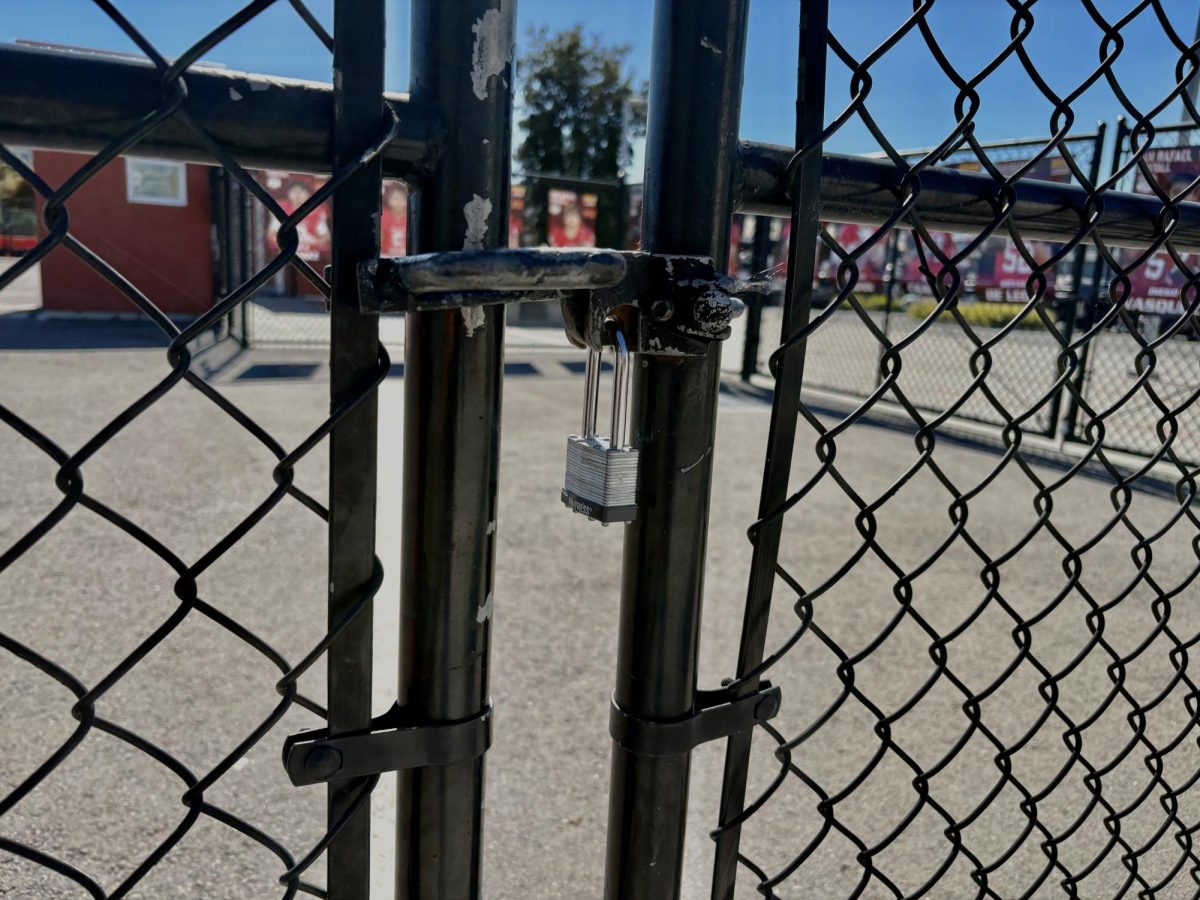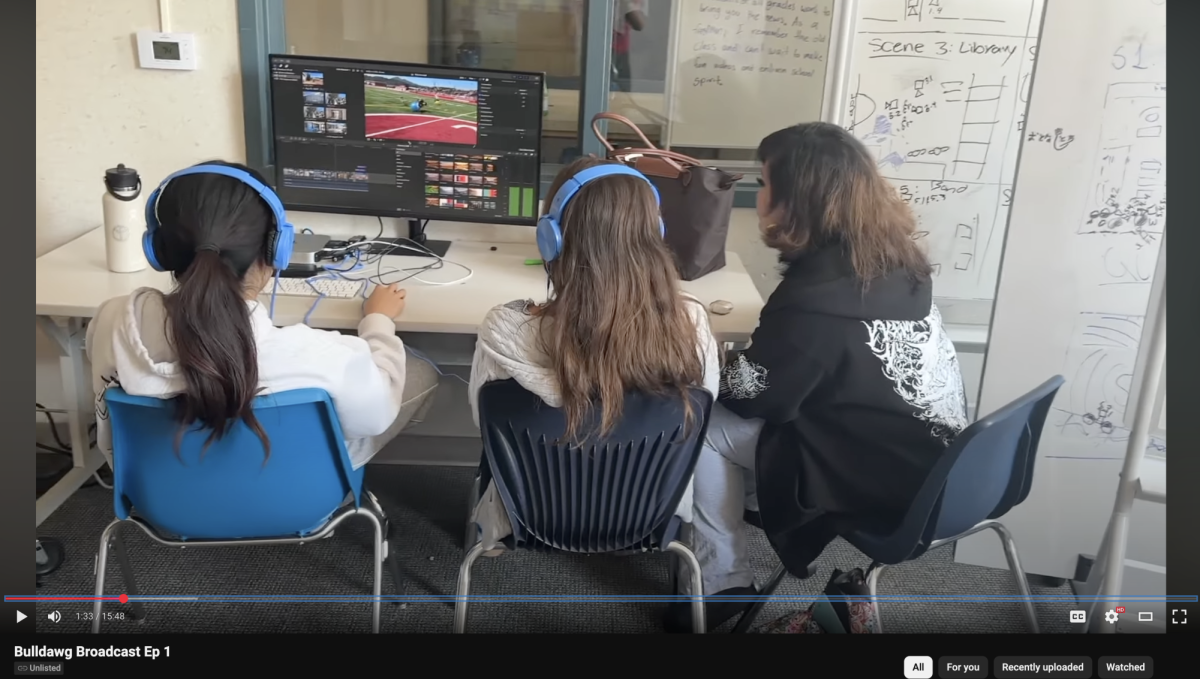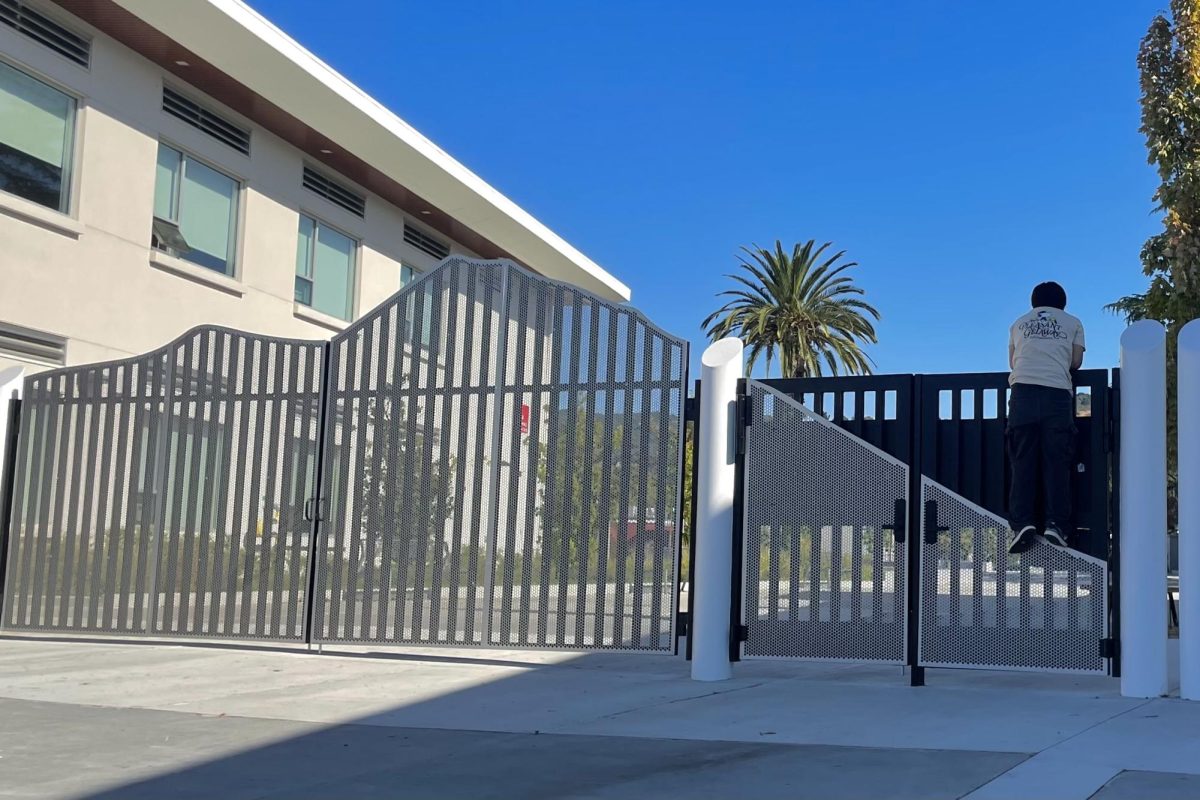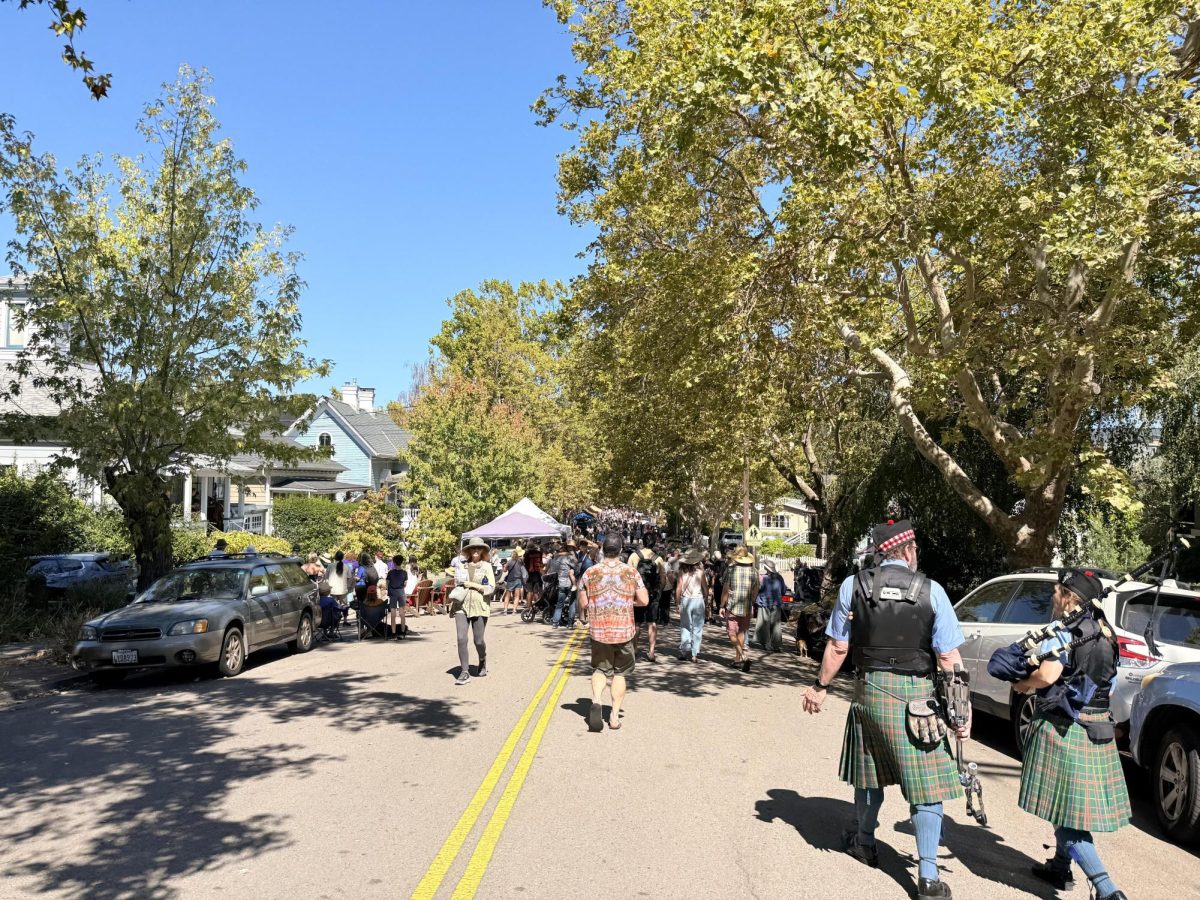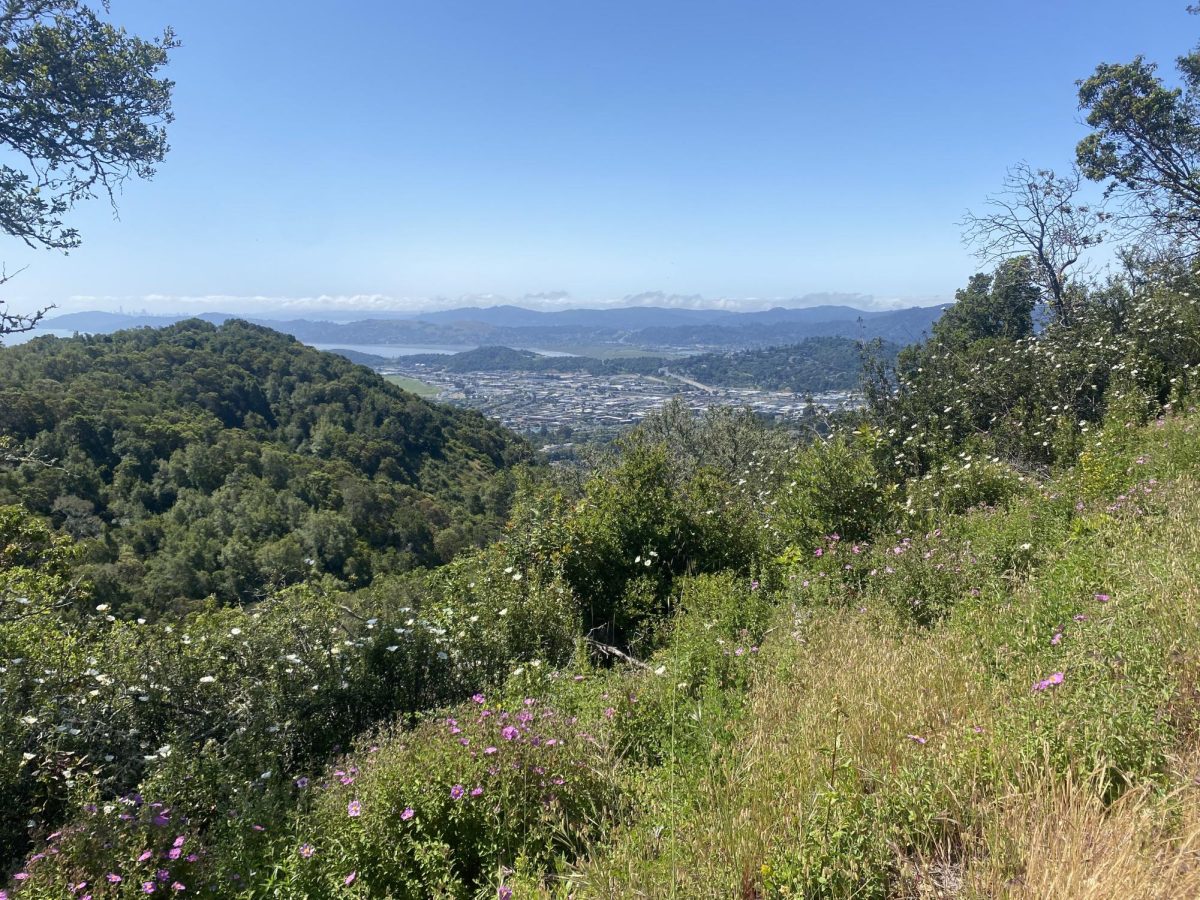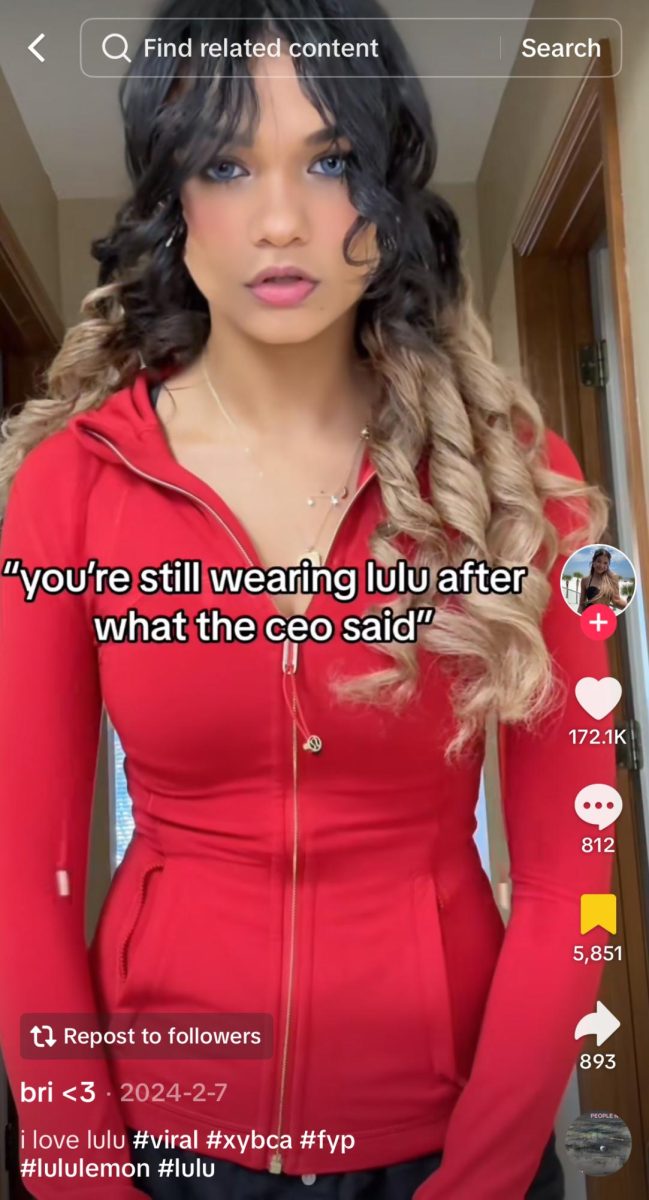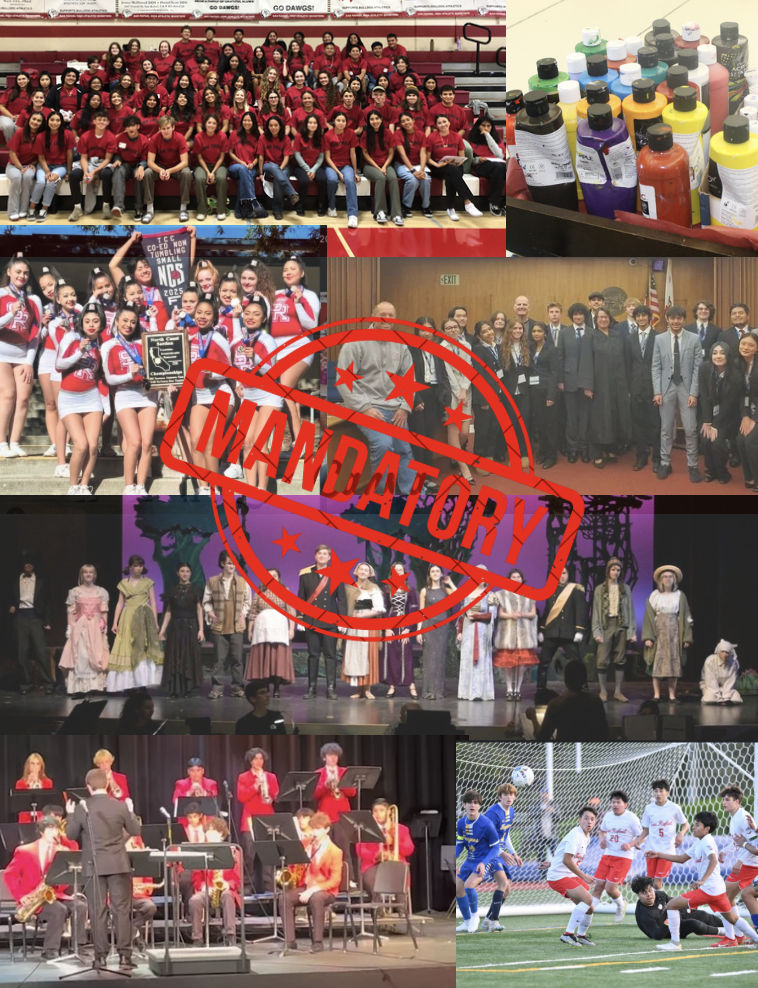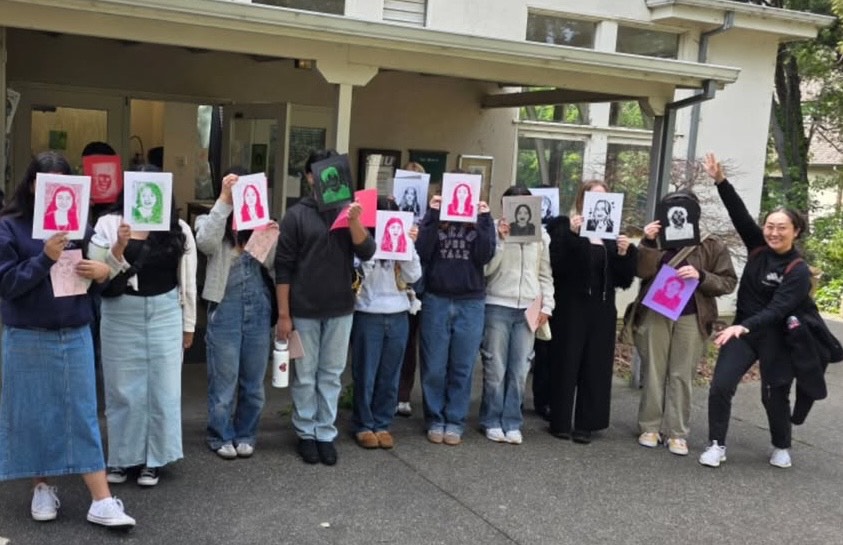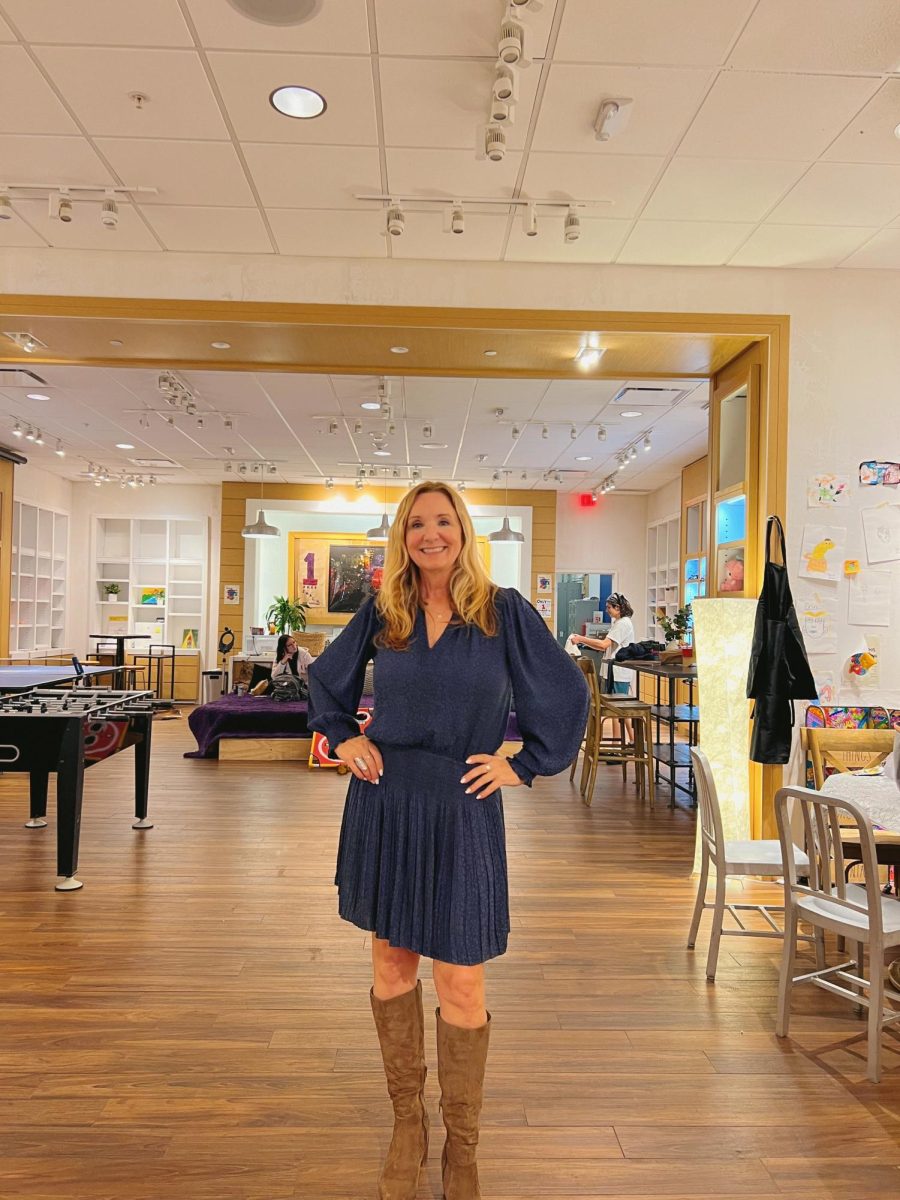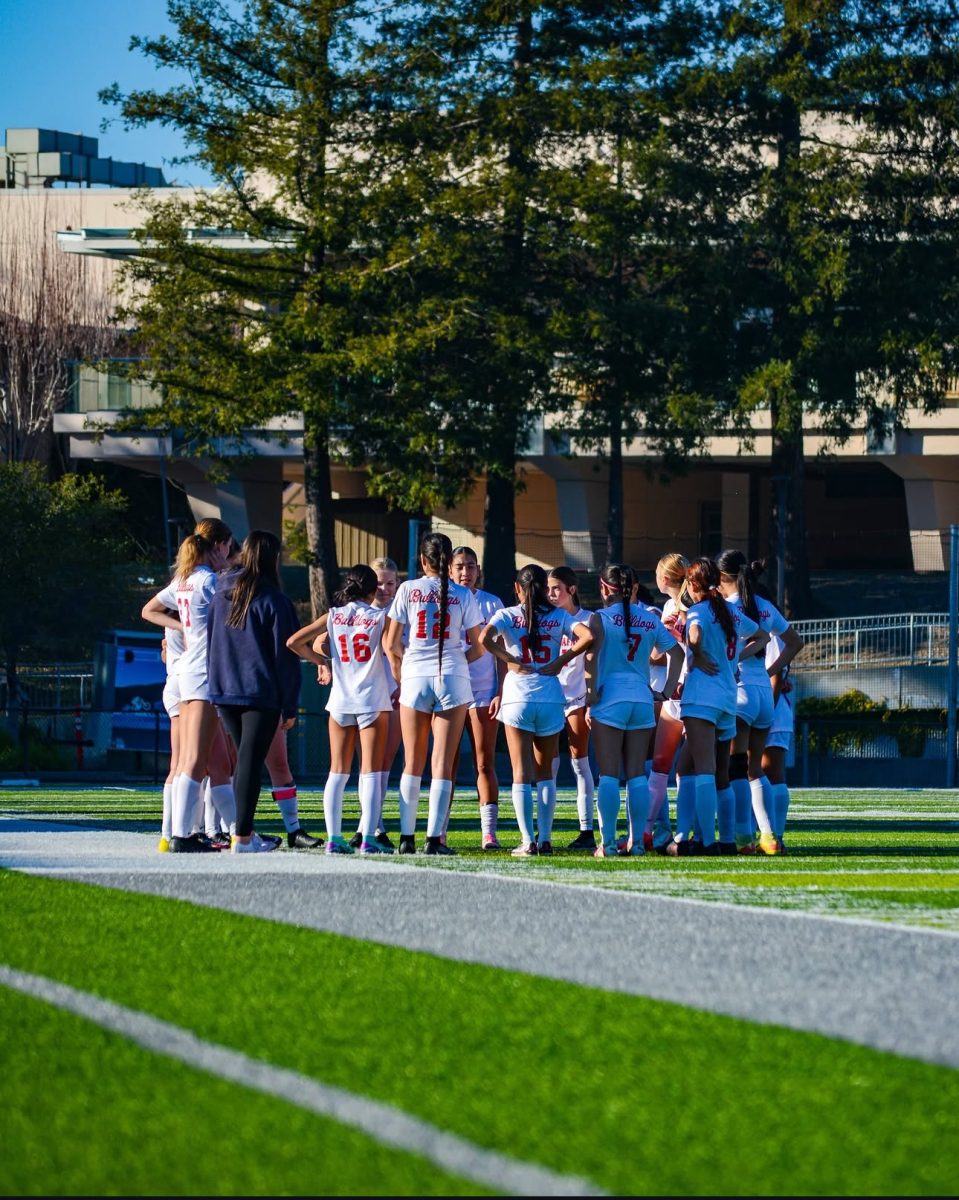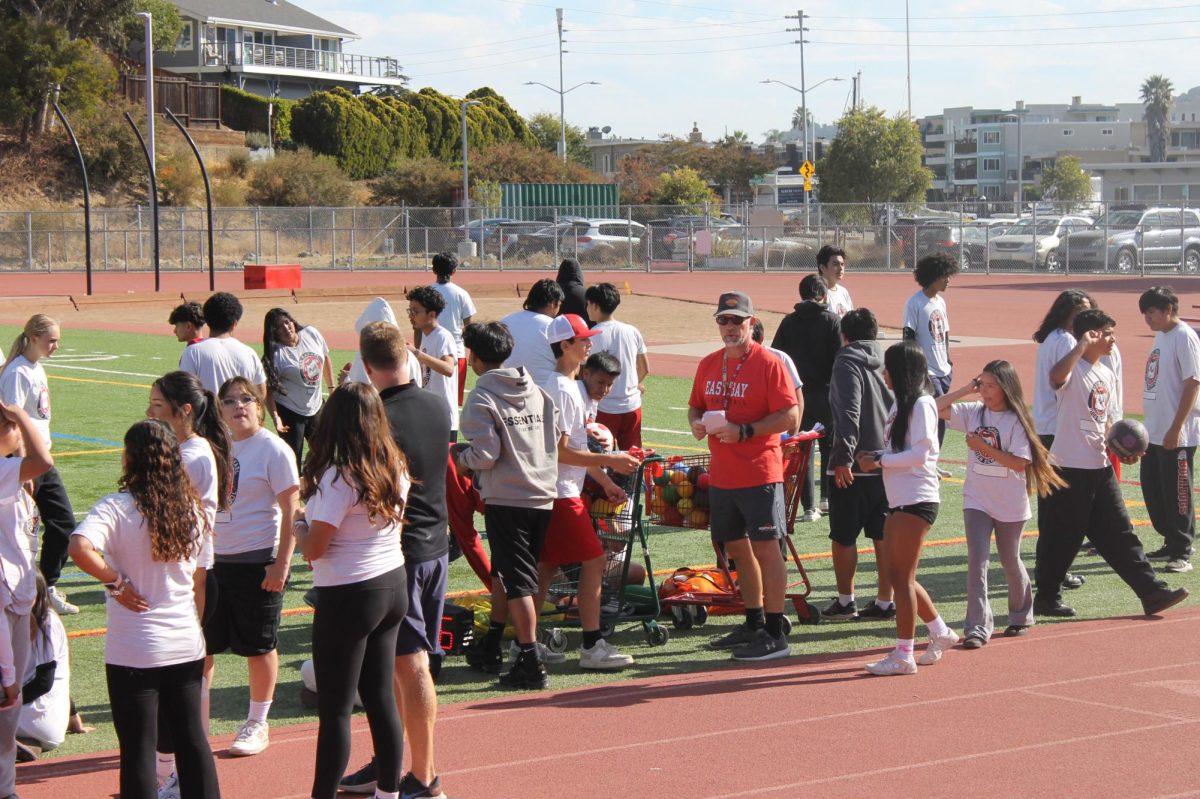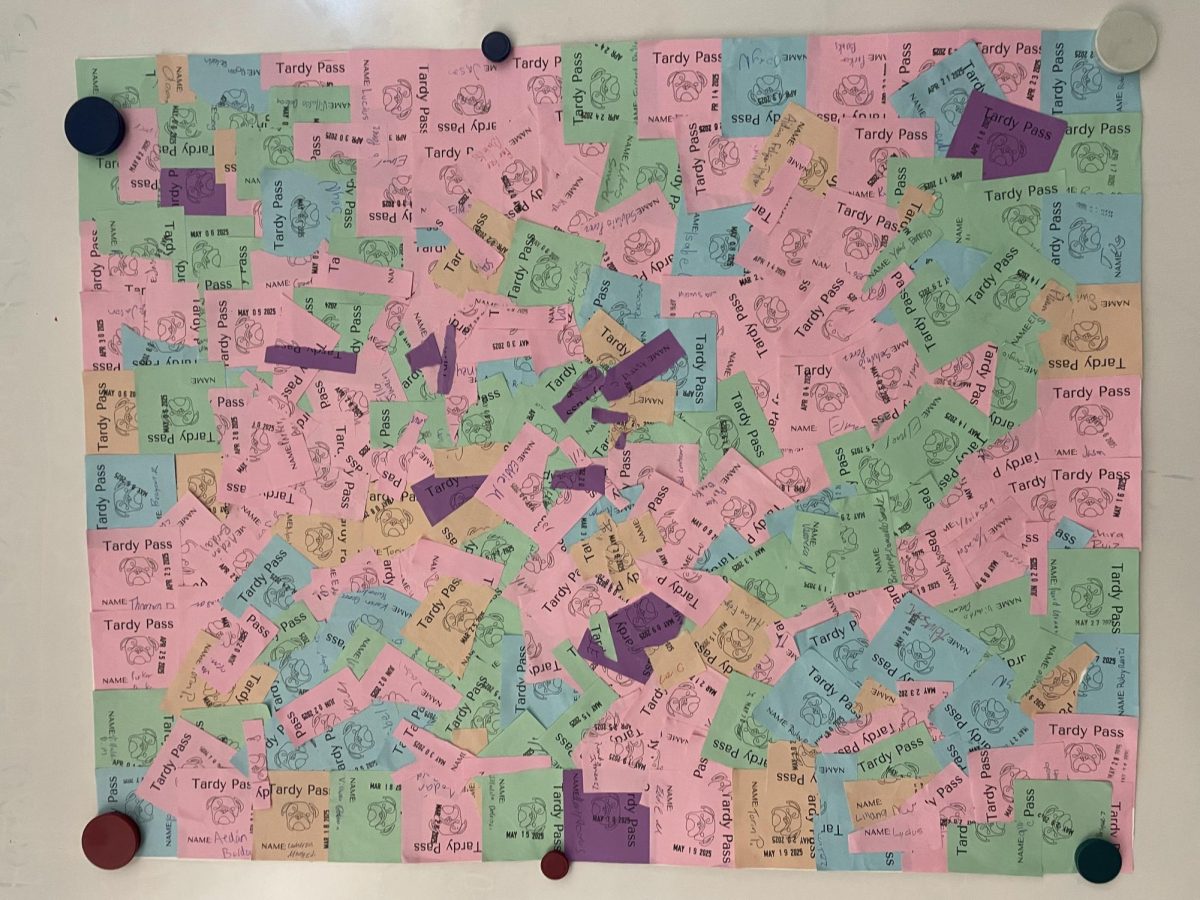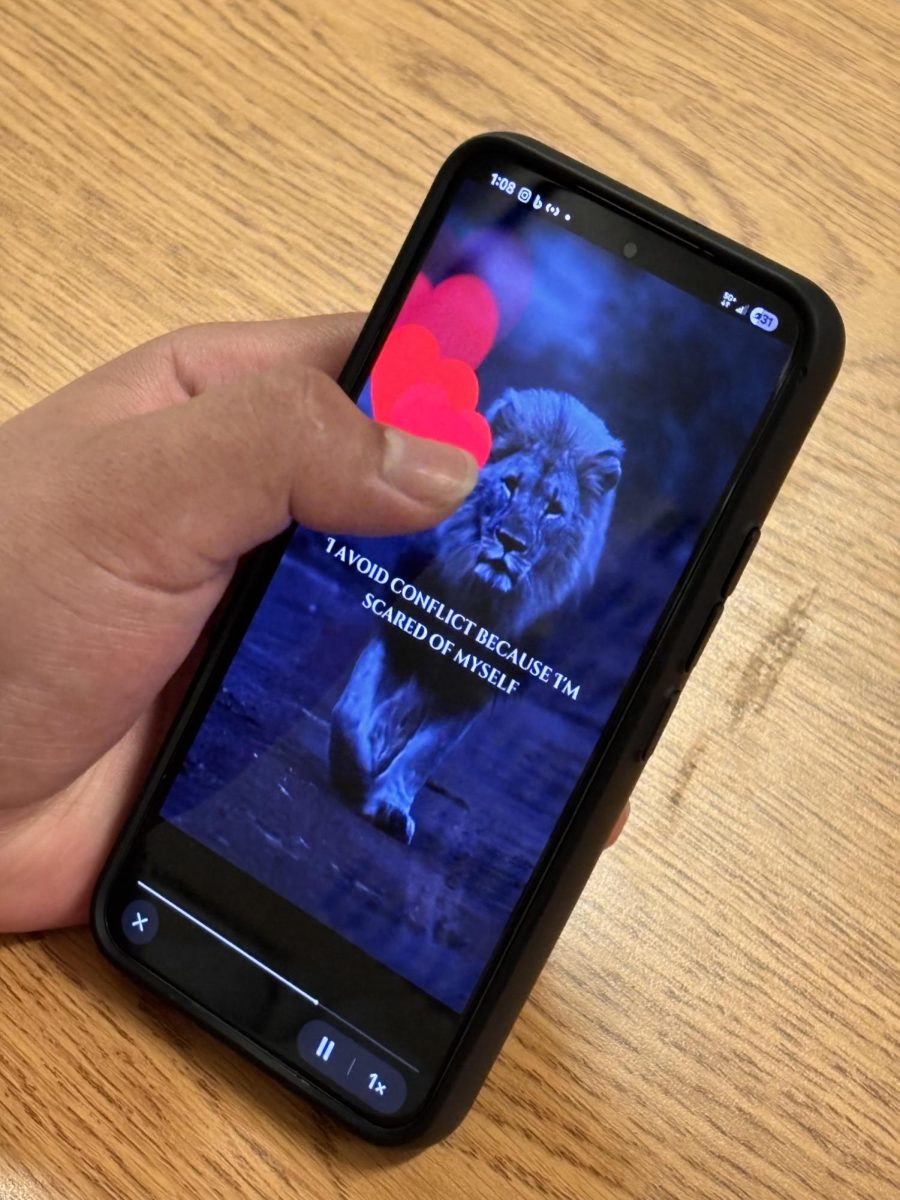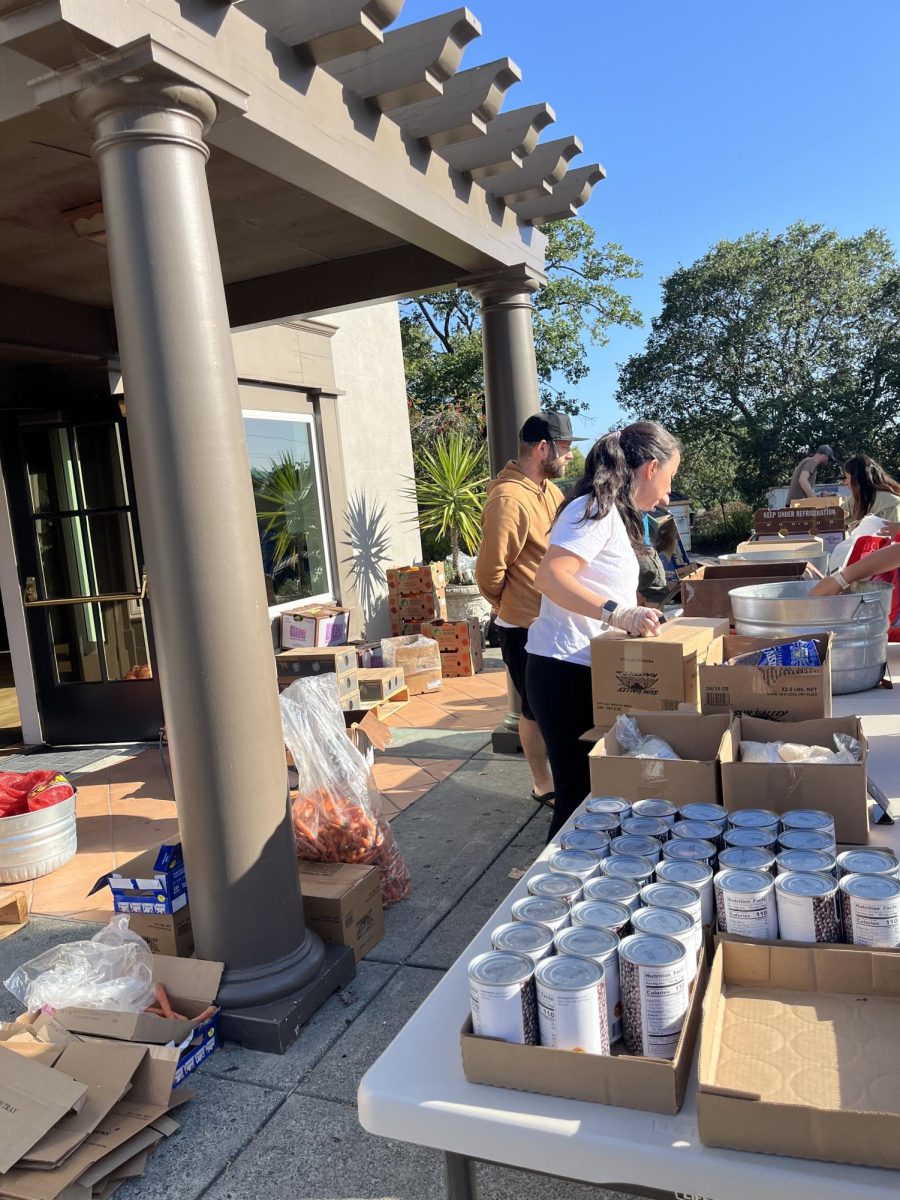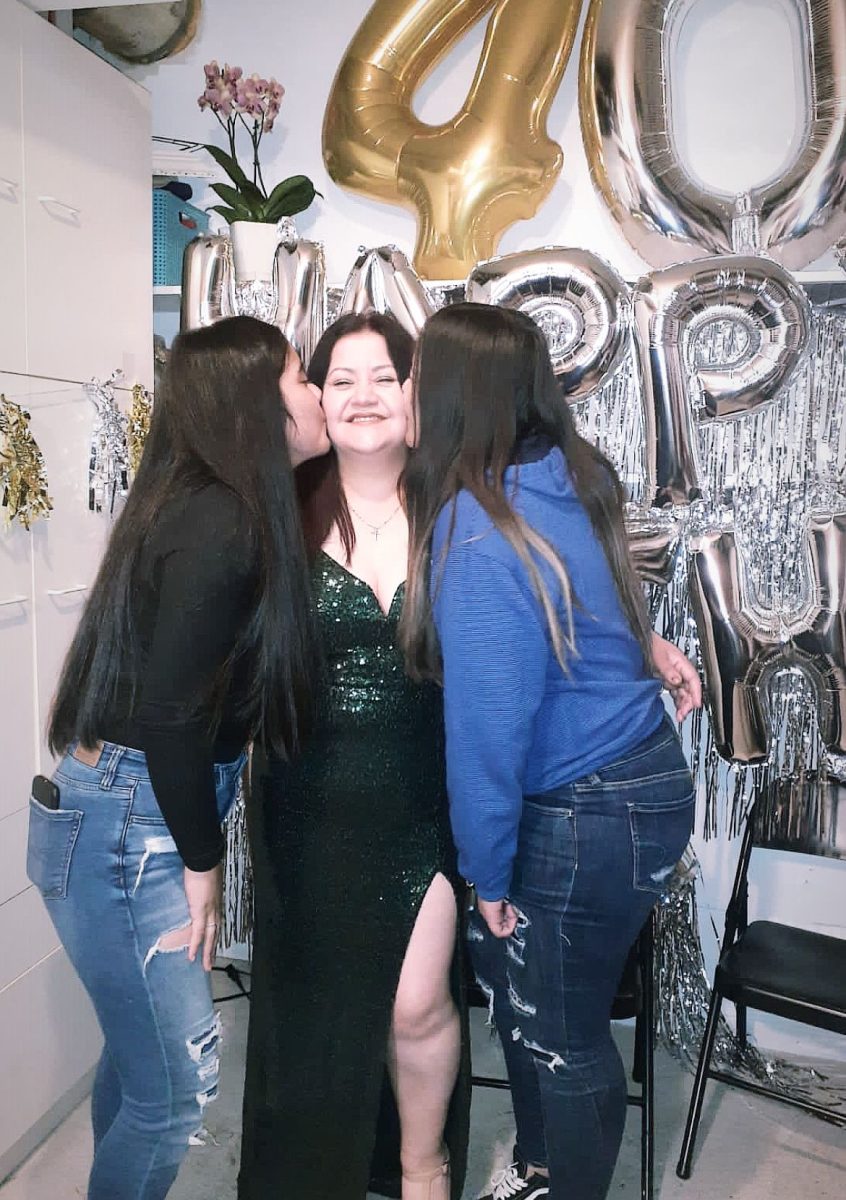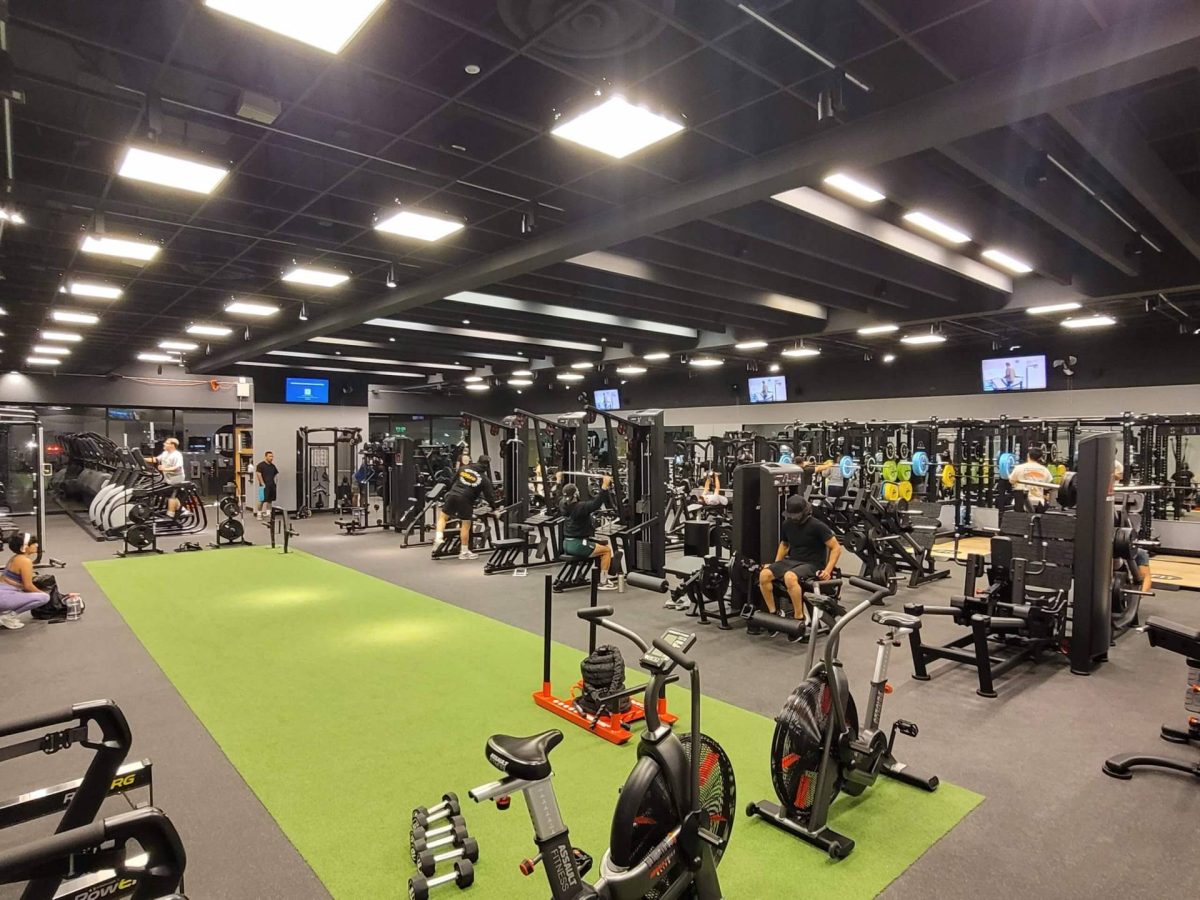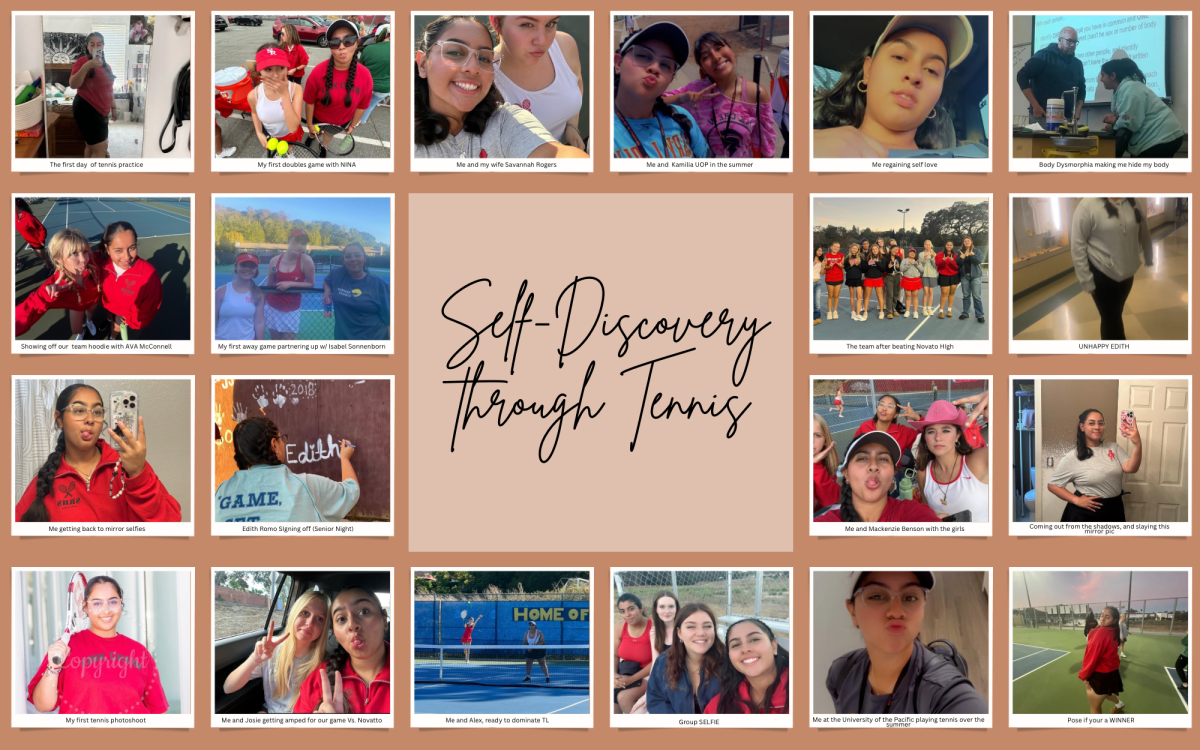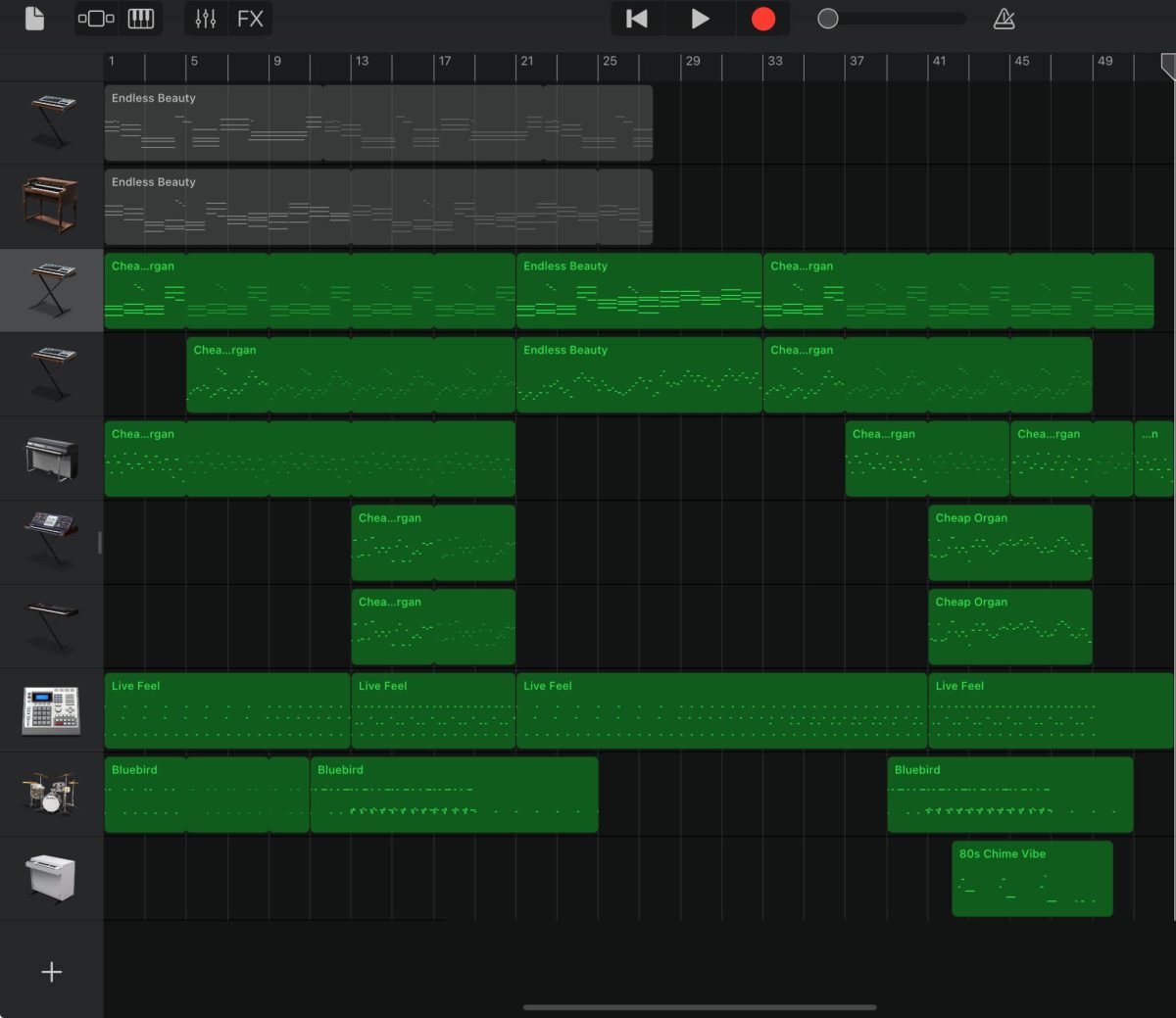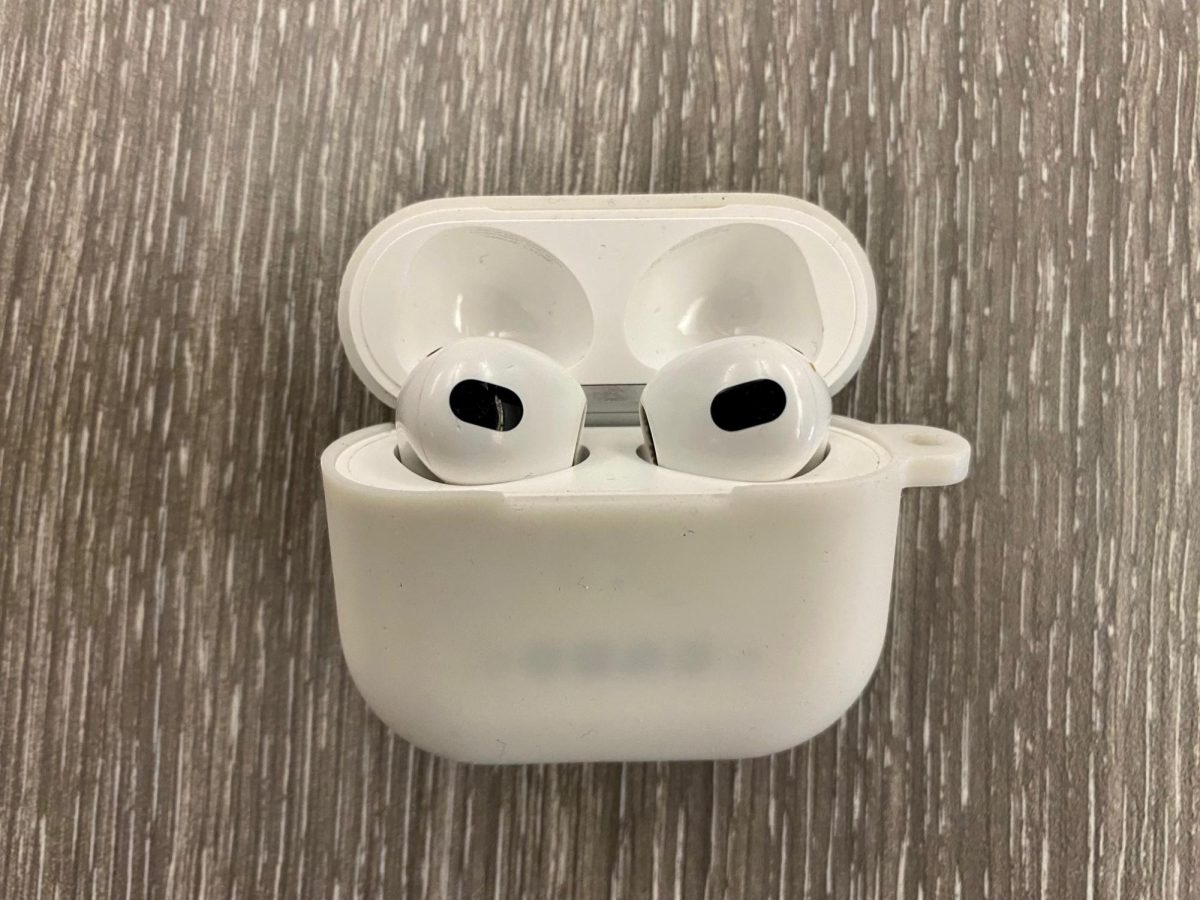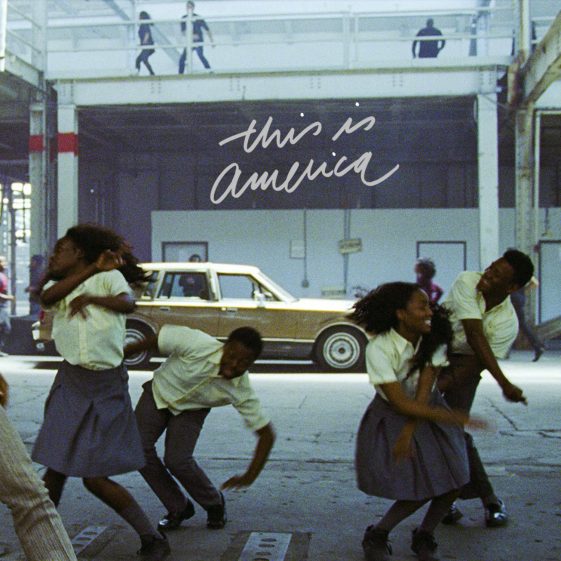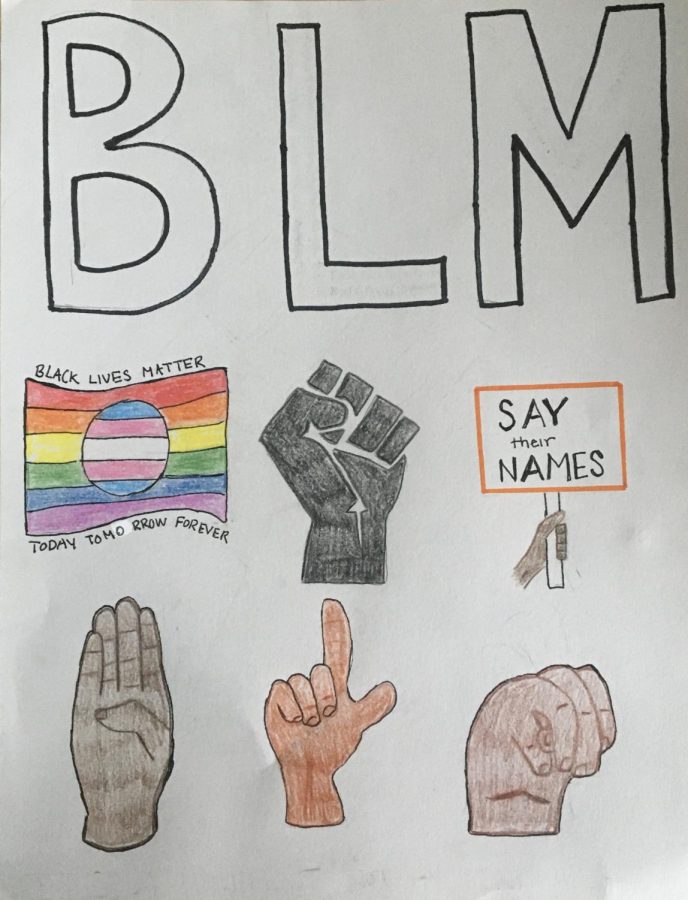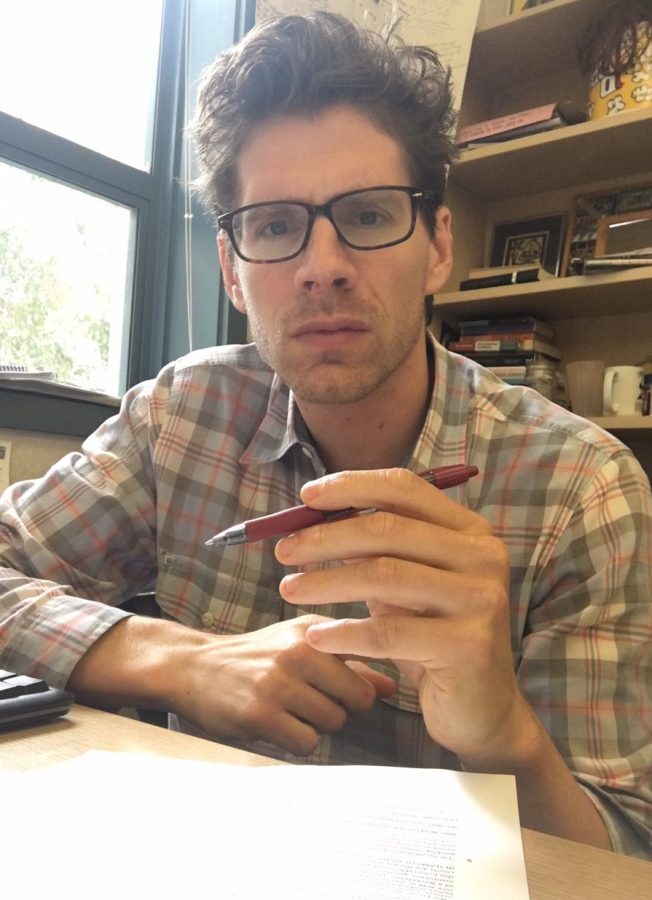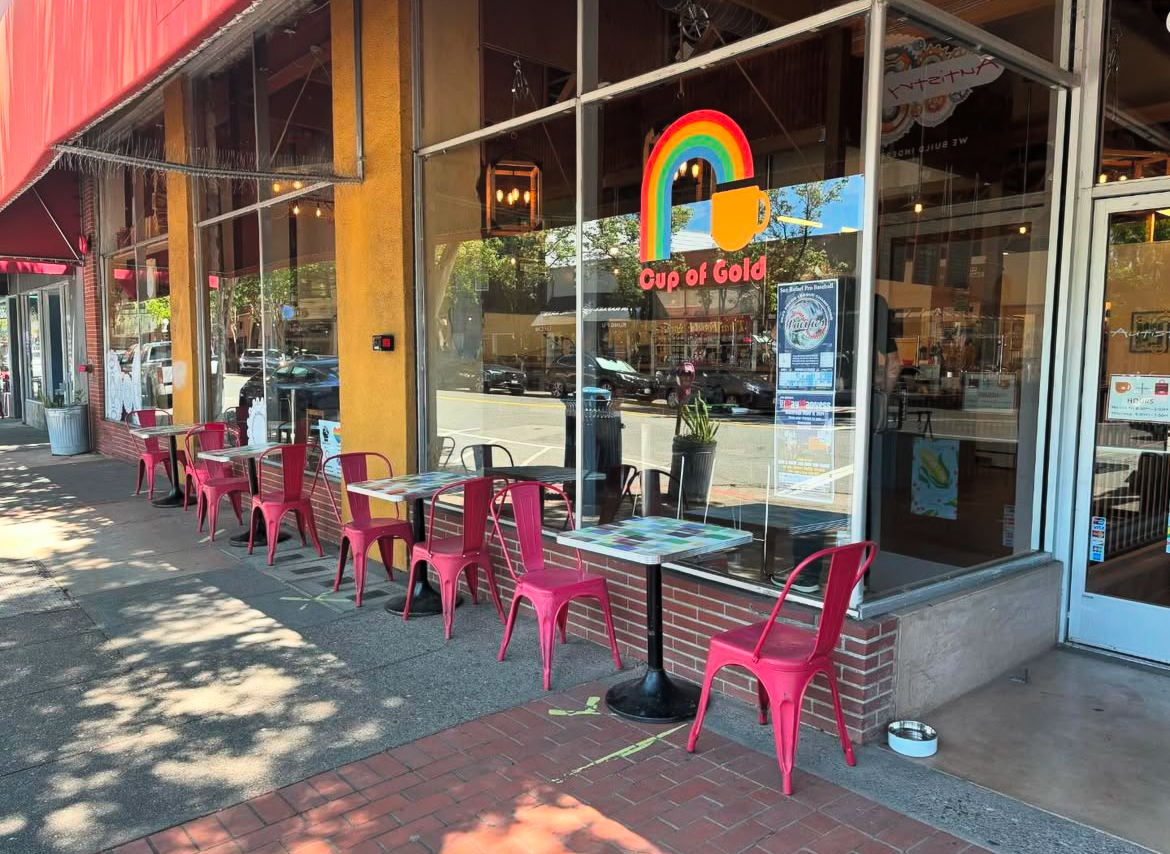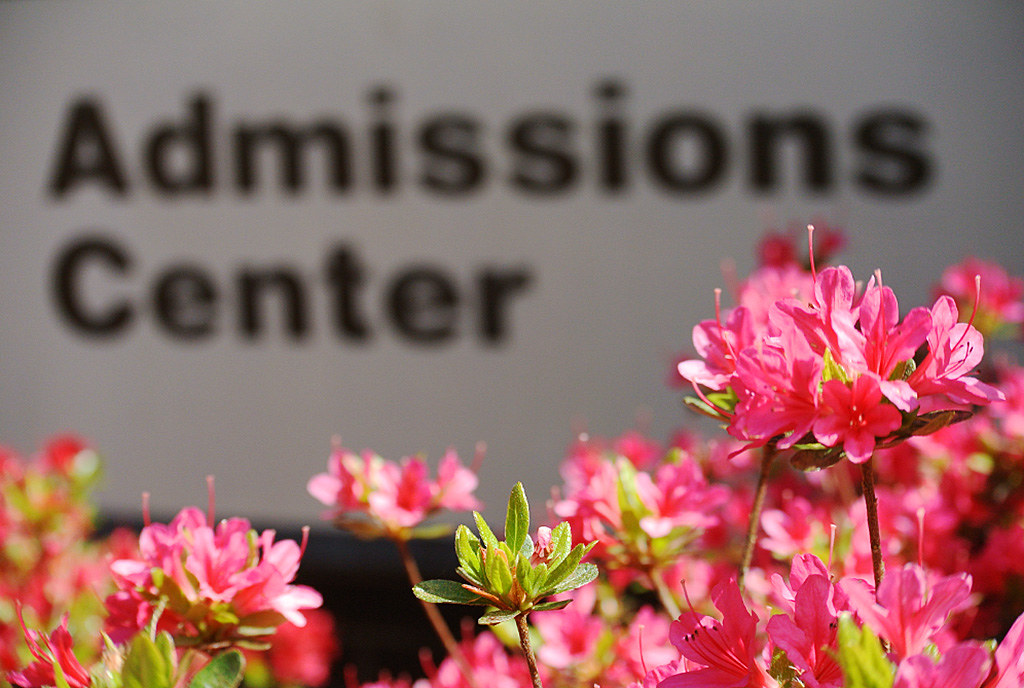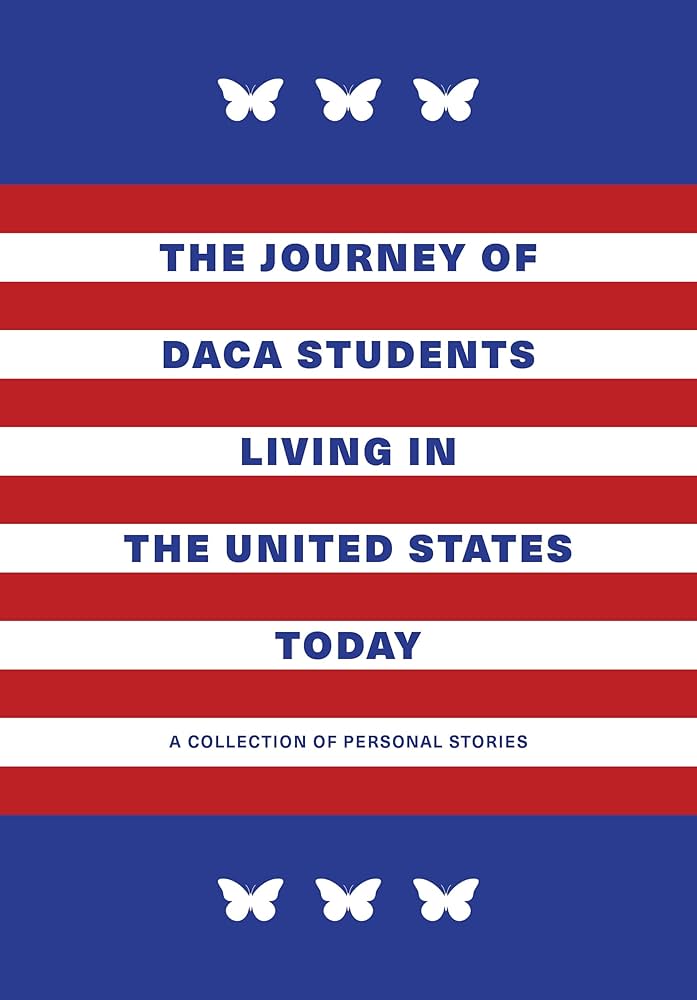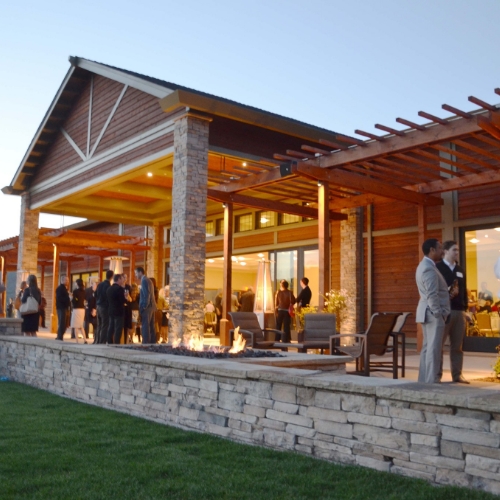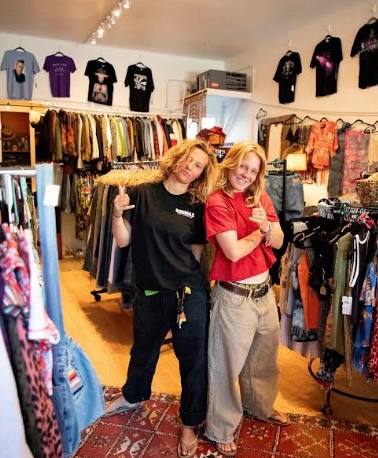
In a testament to the rising trend of being aware of your consumer impact on the environment, West End Vintage has officially opened its doors at 1616 4th Street in San Rafael. This new retail destination, which debuted quietly during the summer months, offers a thoughtfully curated collection of vintage fashion, providing a sustainable alternative to fast fashion. As San Rafael residents embrace the one-of-a-kind apparel, the shop is quickly becoming a beloved part of the community and sparking important conversations about the future of fashion and sustainability.
The recent surge in thrifting trends on social media has captivated a mainstream audience. Platforms like TikTok and Instagram are playing a pivotal role in this movement, with content creators showcasing their unique finds and personal experiences.
According to research from the United States Census Bureau, a remarkable sixty-two percent of Gen Z and Millennials actively seek out secondhand items before considering new purchases.
The combination of engaging content and a strong emphasis on sustainability has turned thrifting into a cultural phenomenon, resonating with younger generations eager to express their individuality while being environmentally conscious. The rise of thrifting on social media reflects a broader shift in how people approach fashion and consumption, making it an exciting trend to follow.
Chloe Bronshvag, a sophomore at SRHS, reflected on her shift in shopping habits. “I used to purchase a lot of fast fashion from places like Shein,” she says. “But, after working at West End Vintage over the summer, I discovered that thrifting allows me to find clothes that truly match my style.” She shared her excitement about some of the unique pieces she uncovered during her time there, including a Frida Kahlo shawl and vintage prom dresses from the 1960s. Bronshvag believes that secondhand clothing could provide her peers with an opportunity to develop their sense of fashion.
Thrifting is widely viewed as an avenue to express individuality, but there is debate about its contribution to sustainability. Angeline Phan, a former student at SRHS who ran a Depop store and currently attends UC Berkeley, says, “I think thrifting is better for our environment and way more sustainable than buying from fast fashion, so by reselling clothes, it keeps [the economy] circular and they don’t end up in third-world countries.” However, “fast fashion is so prominent that as much as thrifting is on the rise, fast fashion is so encompassing [and] almost everything we buy is firsthand.”
Benjamin Plourde, the AP Environmental Science teacher at SRHS, expressed a similar view, saying, “we are putting more and more clothing in landfills every year, so [thrifting] is not making enough of an impact to change the direction the state of the country is going as far as generating waste.”
Nonetheless, thrifting remains a sustainable approach to fashion and consumerism that is fueling new businesses and habits. Michael Pringle, owner of West End Vintage, noted, “a lot of things come in, people sell us things, which is great. We go to find stuff at state sales and garage sales, and sometimes thrift stores.” This process can be interpreted as giving a new life to pre-owned items.
“We just reopened again, for the passion of going back to what we really enjoyed doing back in the 90s,” says Pringle. He fondly reminisces about the days spent with his mother, diving into thrift stores and hunting for hidden treasures at garage sales during the early 90s. This shared love for thrifting laid the foundation for their first store in San Diego, followed by another in San Francisco; this fostered a community-driven spirit of reusing and recycling.
West End Vintage is hopefully no longer a mystery to those strolling through downtown San Rafael. They open their doors to everyone, including students from SRHS.
“By being present while they’re here and showing that we trust they are just as important as everyone else,” Pringle says. “We can really build a long-term relationship with the youth in our community.”

